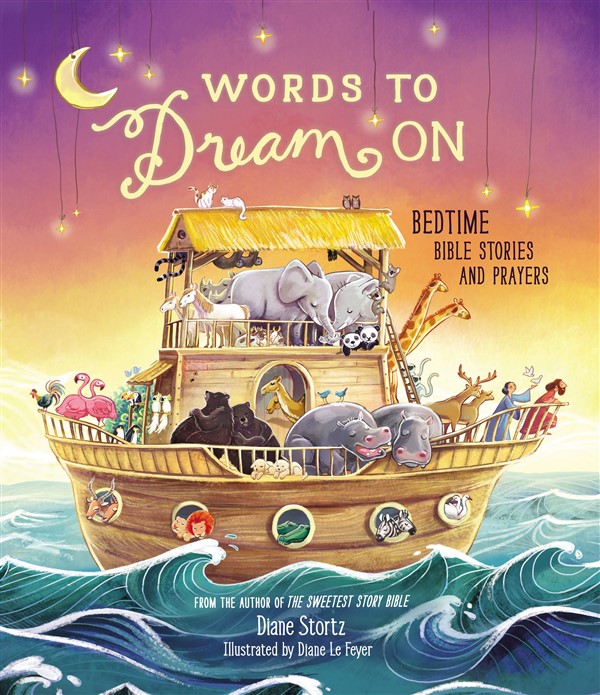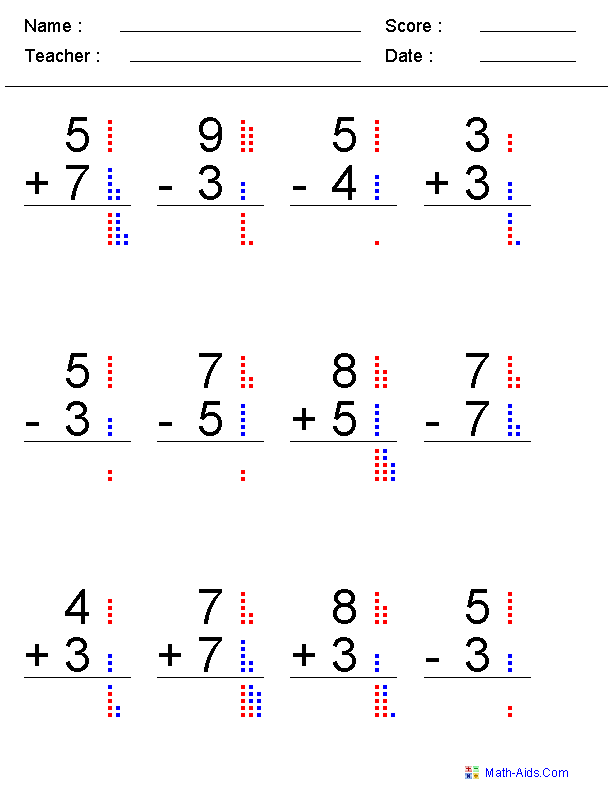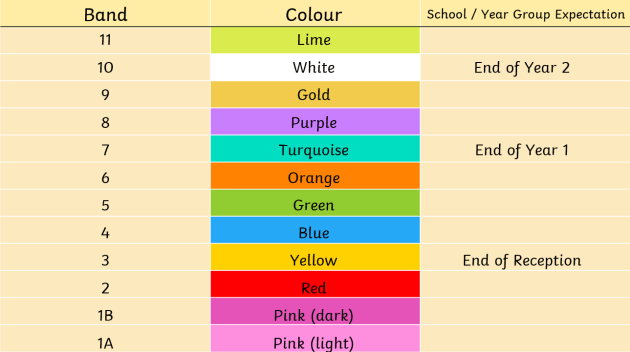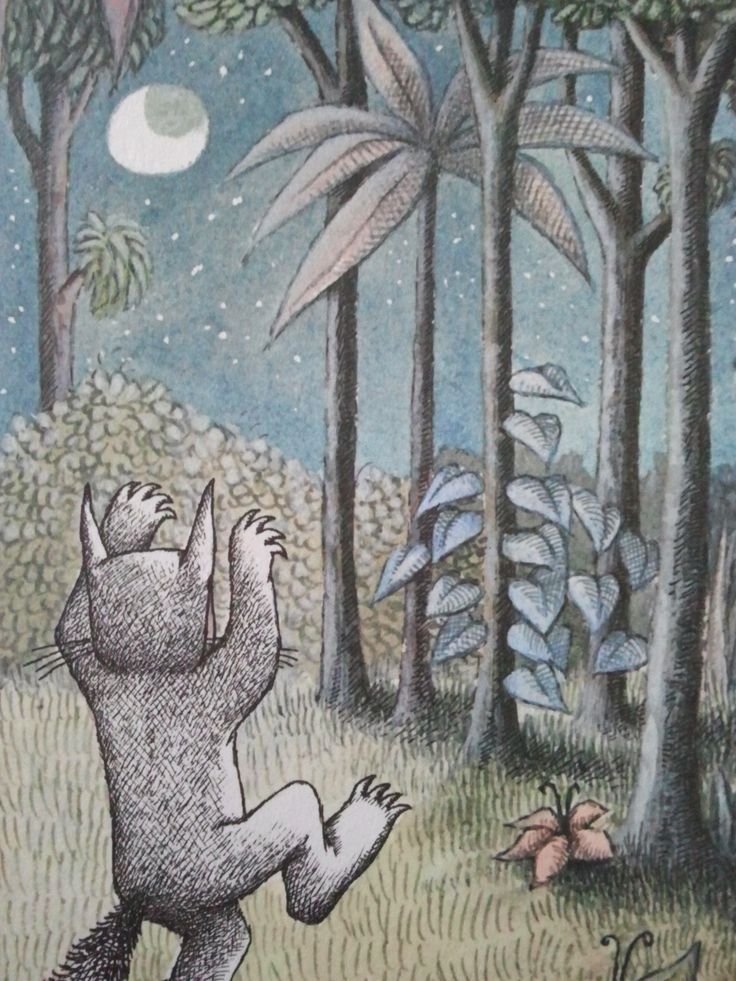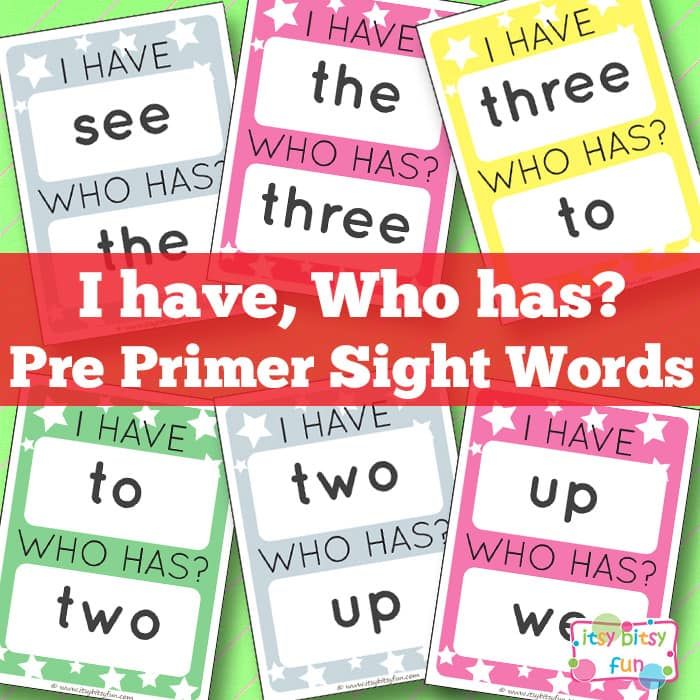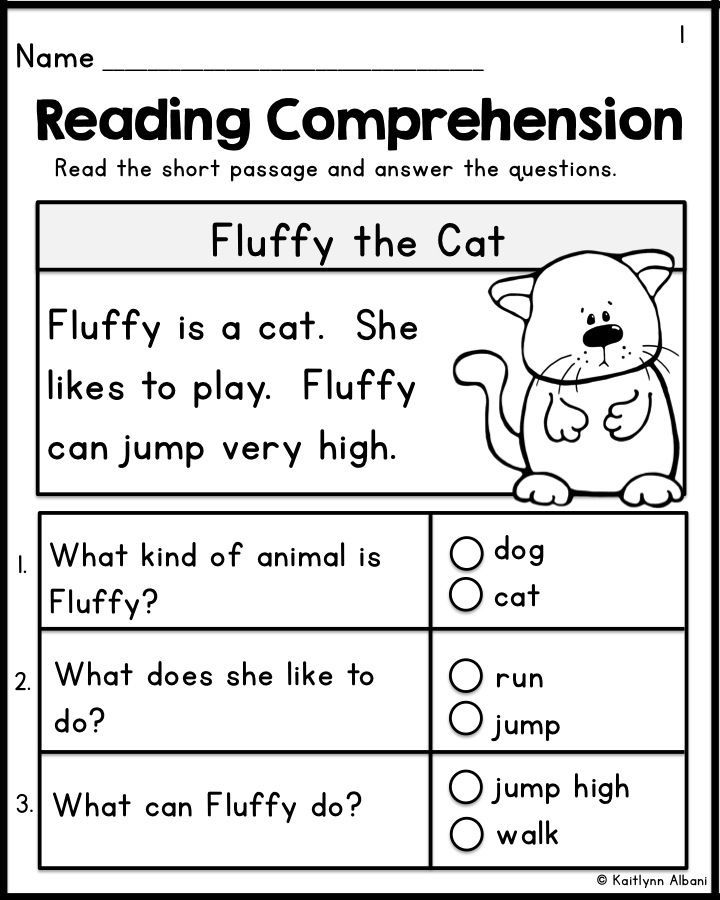Getting to know you games for kindergarten
12 Ice Breaker Games for Kindergarten
The day has finally come, the day that you head back to school and meet your new kindergarteners! It is an exciting time for everyone, but there are sure to be some nerves, too. What better way to get to know each other, have fun, and start the year on a positive note than with some great ice breaker games for kindergarten!
These ice breaker games for kindergarten are low-prep, don’t require a lot of fuss, and can be done in the classroom or virtually. Use your teacher smarts and get creative with these games to make them work for your students and your school setting. Sneak these games into your lesson plans, especially right away in the mornings, to build relationships and class community. Want to see a realistic sample schedule for the first week of kindergarten? Check out this blog post!
#1: In the Middle
This game is an oldie, but a goodie. In the Middle can be played in many ways and encourages students to get up, get moving, and learn more about their classmates. Simply stand in a large circle and call out a prompt. The students that match the prompt will take a step or a hop into the middle of the circle. You can also play this game virtually by having students stand up or raise their hand. You can use prompts such as, step in the middle if you:
- have brown hair
- have a pet
- like the color blue
- are wearing tennis shoes
- have a brother
Once the students are in the middle, you can ask them further questions, such as what kind of pet they have, what their brother’s name is, etc.
#2: Color Game
The Color Game can be played similar to In the Middle. Call out a color and have students jump in the middle, raise their hand, or stand up if they are wearing that color. You can mix it up by placing color cards around the room. Use prompts such as “my favorite color is” or “my shirt is the color” and have students go stand by their color card.
#3: Show and Tell
This ice breaker game for kindergarten is a great way to help them get to know each other, but also work on their social, speaking, and listening skills.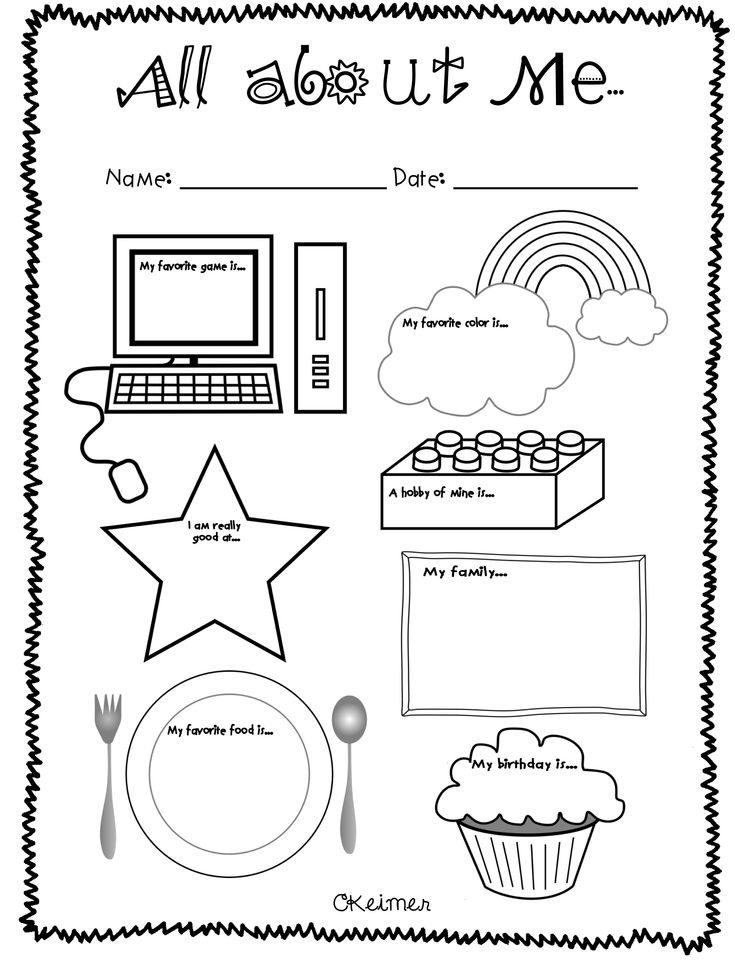 You can either ask students and parents to send something from home that is special to the student that they would like to share or simply ask students to draw a picture of themselves and share their picture and a little bit about themselves. You can ask them some “interview questions” also. After each person’s turn, do a fun cheer for them!
You can either ask students and parents to send something from home that is special to the student that they would like to share or simply ask students to draw a picture of themselves and share their picture and a little bit about themselves. You can ask them some “interview questions” also. After each person’s turn, do a fun cheer for them!
#4: Charades
This might just be one of my favorite ice breaker games for kindergarten! You can write down simple prompts on notecards and either pass them out to your students or have them draw a card from the stack. Without showing or telling anyone else what it says, read the card to the student and have them act it out without using words. The other students will guess what they are acting out. Keep in mind the experiences your students have had as you come up with prompts. Some great prompts for kindergarteners are:
- animal actions
- rocket or spaceship
- swimming
- shopping
- painting
#5: Mystery Picture
Mystery picture is a fun way for the students to get to know you and your artistic abilities! 🙂 Give each student a blank piece of paper and lead them through a simple, fun, directed drawing.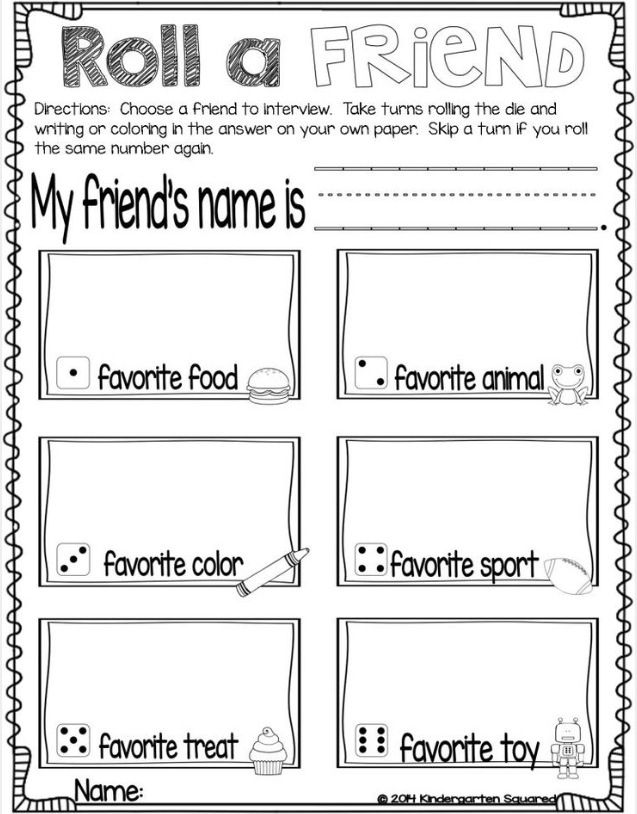 When you are halfway finished with the picture, have the students guess what they think it is. After the picture is complete, have them guess again to see if they are correct! They will love getting to draw and guess. This is also a great opportunity to talk about doing your best! Your picture may not be perfect, so use that as a teachable moment to let your students know that it’s ok to not be perfect at everything, as long as you are trying your best!
When you are halfway finished with the picture, have the students guess what they think it is. After the picture is complete, have them guess again to see if they are correct! They will love getting to draw and guess. This is also a great opportunity to talk about doing your best! Your picture may not be perfect, so use that as a teachable moment to let your students know that it’s ok to not be perfect at everything, as long as you are trying your best!
#6: Would You Rather
This is a fun ice breaker game for kindergarten that really gets them thinking. It also helps you get to know your students and their personalities better. Ask your students simple questions, such as, would you rather:
- eat hotdogs or hamburgers
- bake cookies or a cake
- go swimming or sledding
- read a story or play a math game
- watch cartoons or a movie
You can ask one question and have your students all take a turn answering. To add an extra layer of fun, you can use a random name generator to call out your students and ask them all different questions.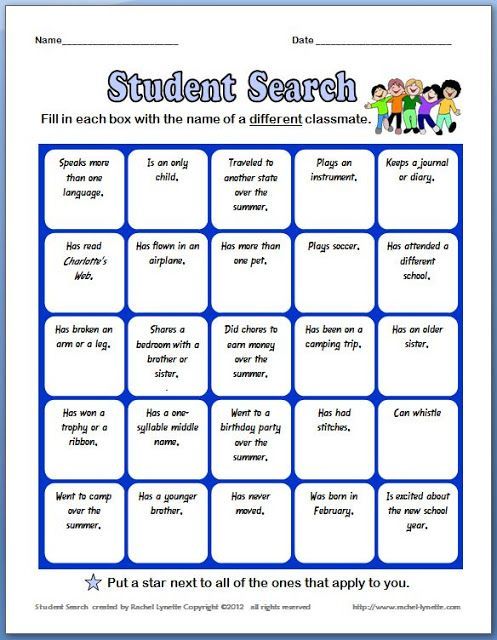
#7: I Spy
This is another classic that serves as a great ice breaker game for kindergarten. You can start by leading the game and having your students guess what you are spying. Then, your students can take turns being the leader. For every leader, limit it to 3-5 guesses, that way you can keep the game moving. If no one guesses correctly, the leader shares the answer! Be sure to go over the rule that they must be able to see the object in the room (or on the screen).
#8: Simon Says
This is a great way to get your students up and moving. Have them spread out and follow your lead as you are the first “Simon.” Go over the rules and do a practice round or two. Once you are ready for the “real game,” whoever gets out gets to help you watch for anyone who moves when Simon doesn’t say. That way they still feel special even if they get out. You can adapt this game and let your students take turns being Simon, too. At the end of the game, do a big cheer for the winner and a big cheer for everyone.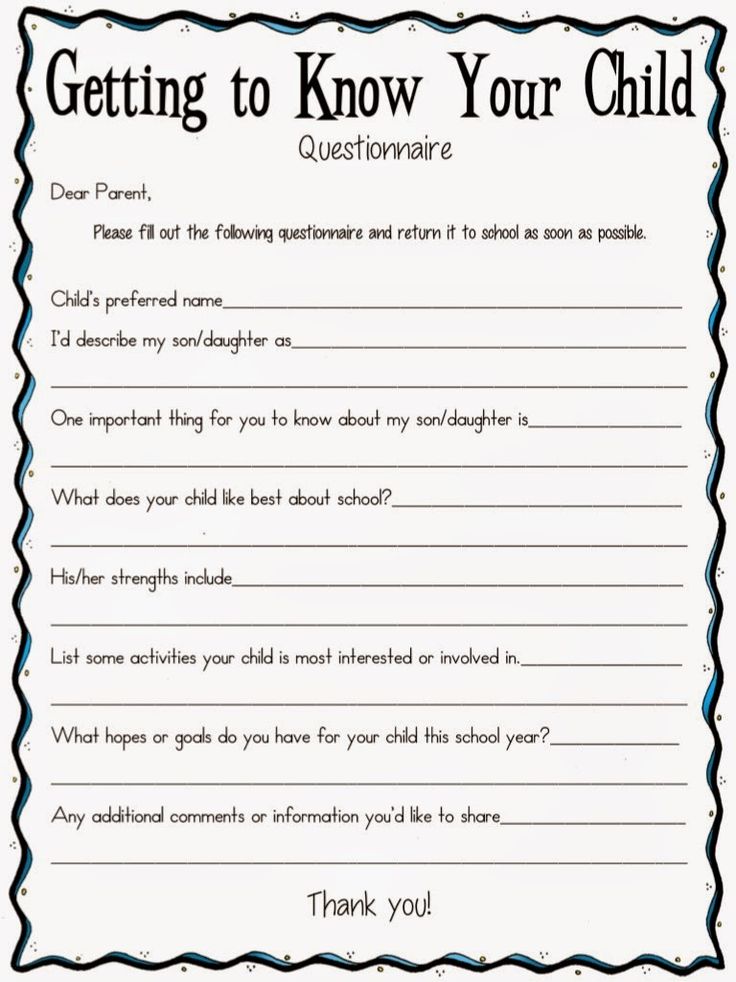 This encourages good sportsmanship.
This encourages good sportsmanship.
#9: Compliment Web
This ice breaker game is a great social skills activity too. If you are in the classroom, get out a roll of yarn. Have your students stand in a large circle. You will hand the end of yarn to the first person and they will hold onto it for the entire game. Emphasize to your students how important it is to not drop the yarn, because something cool is going to happen at the end. Talk about types of compliments beforehand, such as “I like your shoes,”or, “you are a great artist.” The first person will give any other student in the circle a compliment. You will take the yarn and have that student grab on also. The students keep complimenting and passing on the yarn until everyone has been complimented and is holding onto the “compliment web.” They will love seeing the crazy pattern of yarn and will feel special knowing they had a part in it. You can do this virtually, without the yarn and do two claps after each compliment.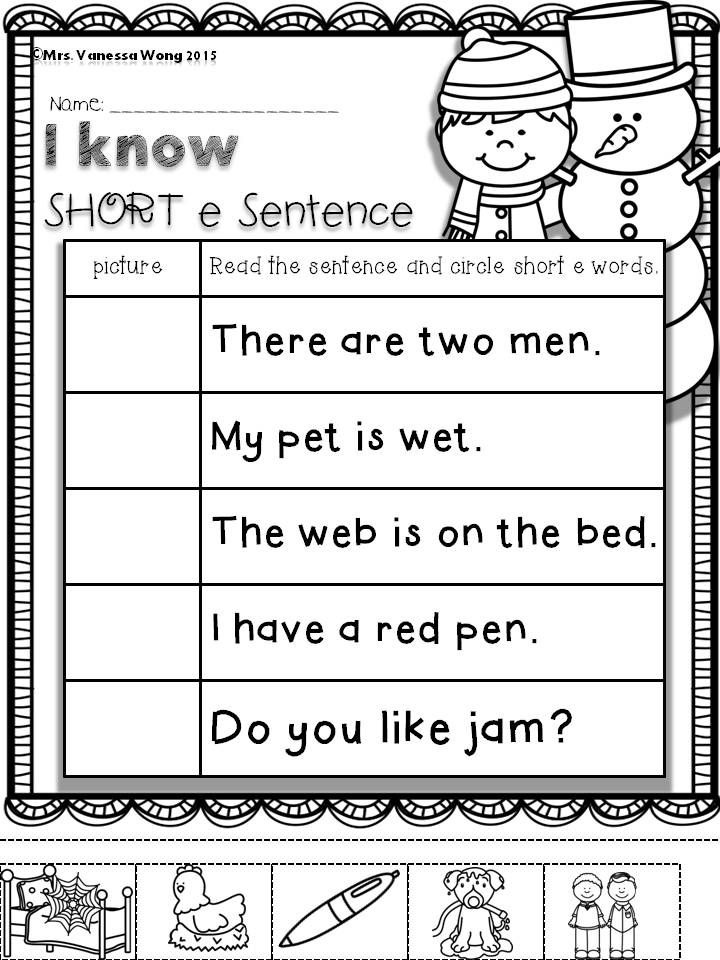
#10: Snowball Fight
Your students will love this ice breaker game! There are a couple different ways to play. Hand out a piece of blank paper and instruct your students to write down either their name or a number between 1 and 10. Then, very seriously, tell them to crumple up their paper! They will look at you in awe, but will have a blast turning it into a ball. Have them stand in a circle. When you say go, they will have a snowball fight! Have them stay in their own space, either on a square or by keeping one foot planted the whole time, that way you don’t have kids flying everywhere! They will keep throwing snowballs until you say stop. They’ll pick up a snowball and open it up. If they wrote names, they can find that person and wave at them or air five. If they wrote numbers, you can give them an action to do that number of times, such as jumping up and down.
#11: Freeze Dance
This is your chance to blast some kid-friendly tunes and have a dance party! This is a great way to get the wiggles out, get some exercise in, and have some free-spirited fun.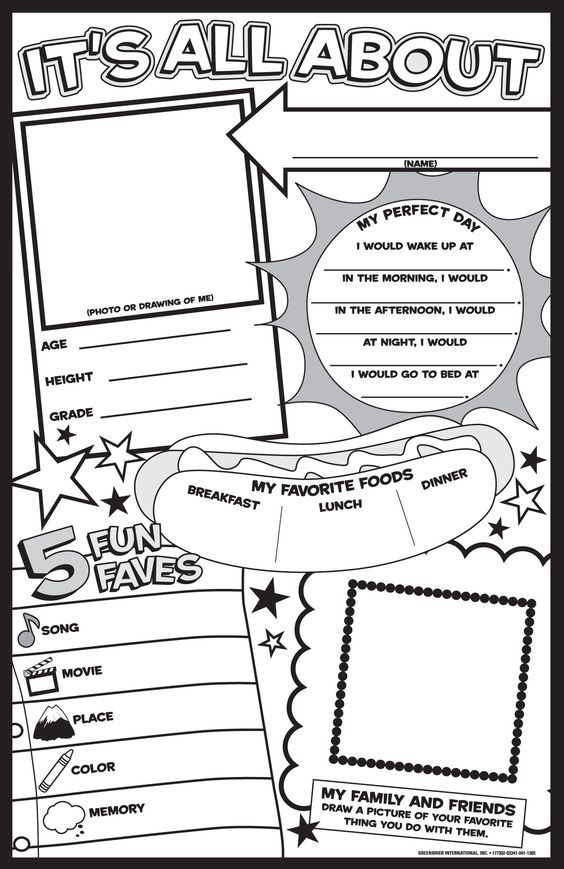 Be sure to jump in and dance with them. When the music stops, they all have to freeze! You’ll get to see their true personalities during this game.
Be sure to jump in and dance with them. When the music stops, they all have to freeze! You’ll get to see their true personalities during this game.
#12: Rock, Paper, Scissors
Teach your students this popular game and hold your own rock, paper, scissors competition. You can have students partner up and play rock, paper, scissors. You will monitor the games, and if you have a teacher’s aide or parent volunteer, they can help too. Play for fun or hold your own classroom competition, setting up a simple bracket to find the champion. To avoid students getting too rough, have them stand a few feet apart and do the motions in the air.
I hope these low-prep ice breaker games for kindergarten are helpful for you as you head back to school and focus on building classroom community. Want more ideas and tips on building community? This blog post has you covered! As always, you can adapt these games to work for you and your students. Do you have any great ice breaker game ideas? Share them with me!
17 Kindergarten Ice Breaker Games for Back to School
Kindergarten ice breaker games are perfect for the beginning of the year.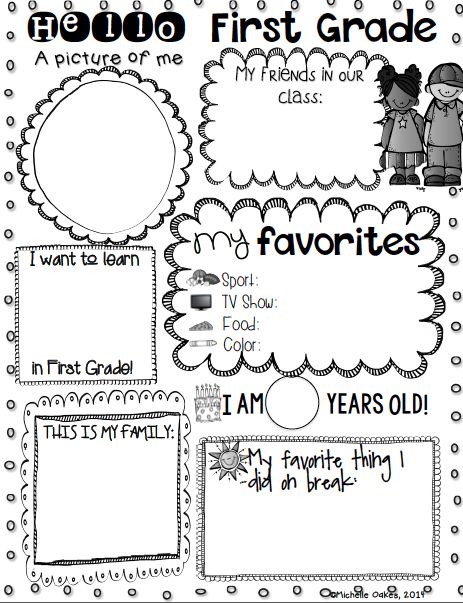 Check out this list of 17 ideas to welcome your students back to school.
Check out this list of 17 ideas to welcome your students back to school.
Kindergarten Ice Breaker Games
Are you thinking about Ice Breakers for the beginning of the school year? I love incorporating ice breaker games during the first few days of kindergarten to help ease some anxiety and develop classroom community right off the bat. These kindergarten ice breaker games can be played with your whole class and are ideal for younger students.
Kindergarten Ice Breaker Games #1: Barnyard Animals
Print out some small farm animals on paper and have each student draw one slip of paper from a bucket. Tell students to keep their animal a secret. When the game begins, students will start to make the sound of their animal. They then try to find classmates making the same animal sound. This sounds like such a fun game! Idea credit: Edmentum
Kindergarten Ice Breaker Games #2: Would You Rather?
I am sure you’ve heard of this one! This game has become quite popular so of course, it makes a great icebreaker game.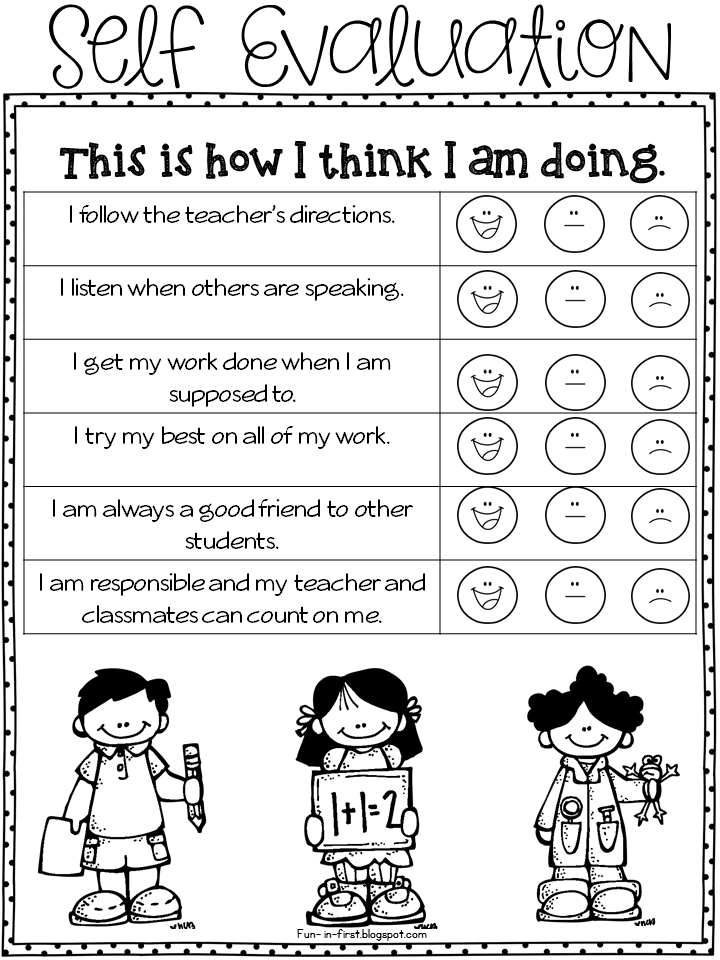 Busyteacher.org suggests lining students up in two lines with each facing each other. At the start of the game you can come up with would you rather questions but then after some time, encourage students to come up with different questions for each other. After a few turns, have one line move down so students can interact with a new partner.
Busyteacher.org suggests lining students up in two lines with each facing each other. At the start of the game you can come up with would you rather questions but then after some time, encourage students to come up with different questions for each other. After a few turns, have one line move down so students can interact with a new partner.
Kindergarten Ice Breaker Games #3: Survey Says
Surveys are such a fun way for students to share about themselves and learn about others. These surveys are definitely a favorite thing of mine when it comes to back-to-school activity ideas.
If you love this idea, check out these 20 surveys that are ready to go for your classroom!
- Survey Says! Editable Name Practice and Survey Questions
Kindergarten Ice Breaker Games #4: Something's Not Quite Right
I love this idea from Education World. Before your students arrive in the morning, move some things around in your classroom. Perhaps you take a number away from a number line, remove a letter from the alphabet, take down a color poster, change the month on the calendar… whatever you can within your classroom.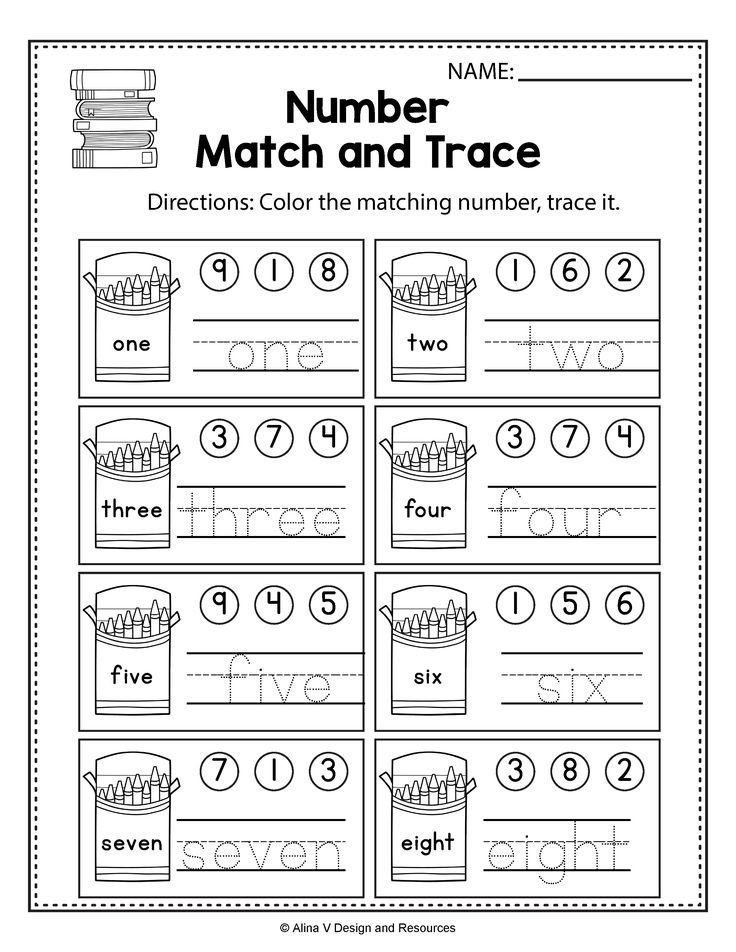 Once students arrive, you can group them together to search the room and find things that aren’t quite right. You could send them around with a paper to draw the missing items or even a tablet to photograph their findings. This is a great opportunity for young students to work together in small groups.
Once students arrive, you can group them together to search the room and find things that aren’t quite right. You could send them around with a paper to draw the missing items or even a tablet to photograph their findings. This is a great opportunity for young students to work together in small groups.
Kindergarten Ice Breaker Games #5: What's Your Superpower?
Students draw a picture of themselves with a superpower they wish they had. Then, students can share their drawings with classmates and either allow them to guess their superpower or perhaps for kindergarten, each student can tell about their superpower because we know sometimes those kindergarten drawings are challenging to decipher. Idea credit: Houghton Mifflin Harcourt
Kindergarten Ice Breaker Games #6: Spider Web
This icebreaker activity may take a little practice. You start with a ball of yarn. While holding onto one end of the yard, a student tosses the ball to a classmate and asks them a question. After the receiving student answers, they hold onto a piece of the yarn and toss it to the next person. It might be best to have a list of questions so you can provide a question if a student is unsure of what to ask. Once the ball of yarn goes to every student, you will have created a spider web. This is a great time to talk about how everyone worked together to create something special. Idea credit: We are Teachers
After the receiving student answers, they hold onto a piece of the yarn and toss it to the next person. It might be best to have a list of questions so you can provide a question if a student is unsure of what to ask. Once the ball of yarn goes to every student, you will have created a spider web. This is a great time to talk about how everyone worked together to create something special. Idea credit: We are Teachers
Kindergarten Ice Breaker Games #7: Stand Up, Sit Down
A super fun ice breaker game from Teacher Karma. Students simply sit down or stand up based on the directions you give. “If you have siblings, stand up” “If you are the youngest of your siblings, sit down”. Such a simple game, but a great activity for getting to know more about your students!
Kindergarten Ice Breaker Games #8: Candy Colors Game
This game is played with colored candy (Skittles, M&Ms, Sixlets, etc) Before the game begins, you create a color-code based on the colors of the candy you are going to use.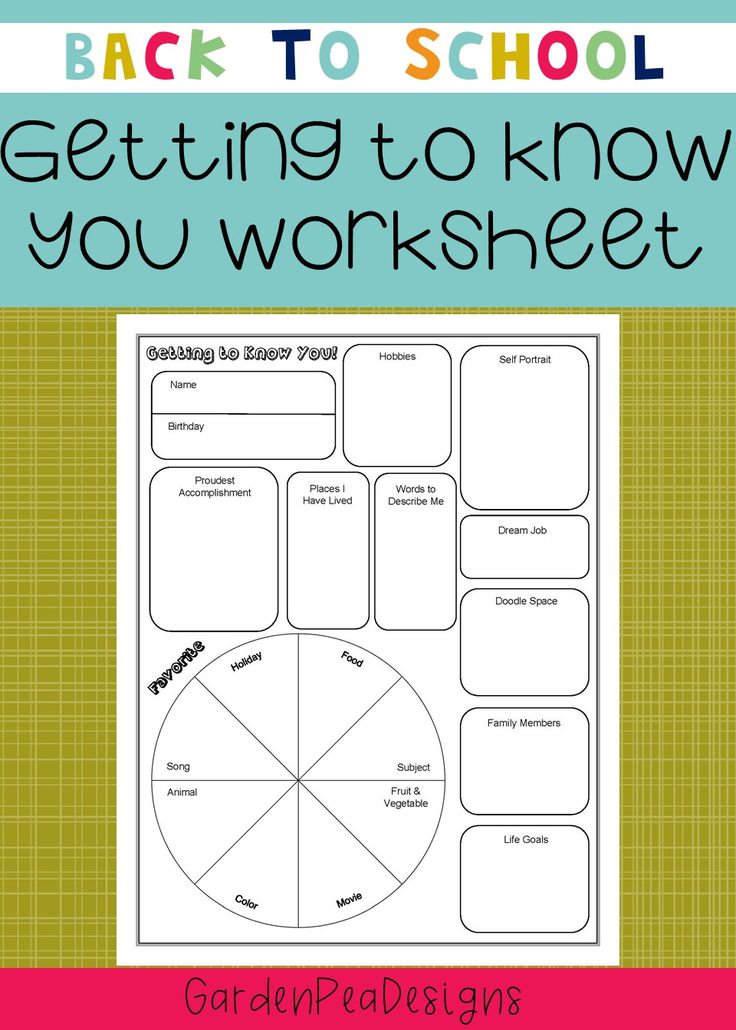 It might look like this, “Red: What is your favorite color?” “Yellow: What sport do you like best?” “Green: What is your favorite food?” You can make the questions whatever you want. You do not show these questions to your students until after they have selected their color of candy. Once you’ve asked students what color they would like and handed them a piece of candy, the activity can begin. Going around the circle, students answer a question about themselves based on the color of their candy. Obviously, for kindergarten, you will need to read and ask the questions for your students. If you do not want to use candy, you could easily substitute colored sticks!
It might look like this, “Red: What is your favorite color?” “Yellow: What sport do you like best?” “Green: What is your favorite food?” You can make the questions whatever you want. You do not show these questions to your students until after they have selected their color of candy. Once you’ve asked students what color they would like and handed them a piece of candy, the activity can begin. Going around the circle, students answer a question about themselves based on the color of their candy. Obviously, for kindergarten, you will need to read and ask the questions for your students. If you do not want to use candy, you could easily substitute colored sticks!
Kindergarten Ice Breaker Games #9: If I Could Be an Animal
Kindergarteners love animals! This is a great game for them to sit in a circle and share which animal they would be. Super simple and fun! Idea credit: The Classroom
Kindergarten Ice Breaker Games #10: Getting to Know You
This idea from Activity Village is similar to the spider web game but a little easier for young learners.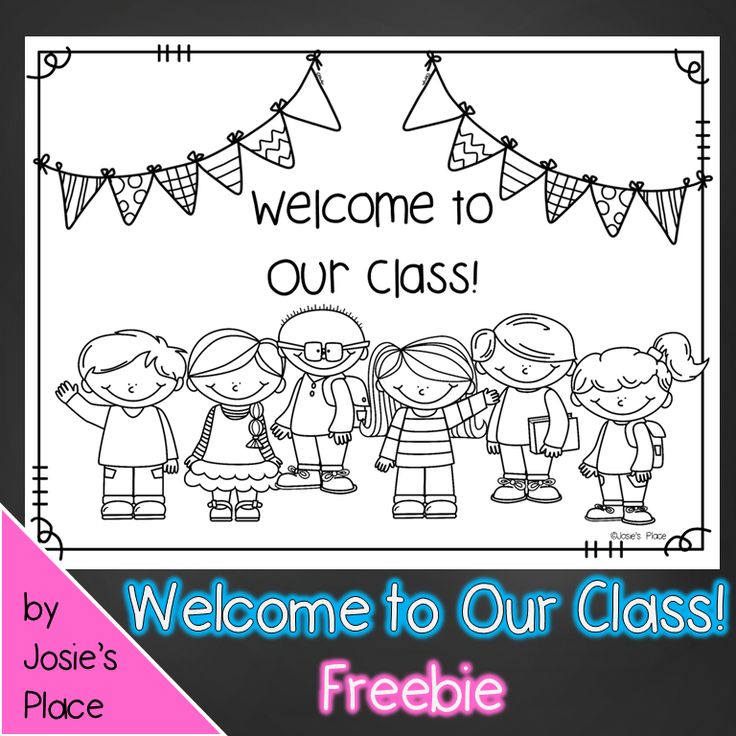 Students toss a ball and ask a question to the classmate catching the ball.
Students toss a ball and ask a question to the classmate catching the ball.
Kindergarten Ice Breaker Games #11: Alphabet Name
Go around in a circle and have students introduce themselves with a word that shares the first letter of their first name. For example, Donut Deedee or Dinosaur Deedee. You could encourage your students to use the alphabet strip for help! Idea credit: Teach Thought
Kindergarten Ice Breaker Games #12: Bippity Boppity BumbleBee
This is a poem from Deanna Jump and I love it! Have your students sit in a circle and clap out a rhythm – pat your lap, then clap your hands. This is fun ice breaker activity to practice student names at the start of the school year.
Kindergarten Ice Breaker Games #13: Zip Zap Zop!
This activity may take some practice. The first person says zip then points to a classmate who says zap, who then points to another classmate who says zop. That student points to another student and it starts over with zip.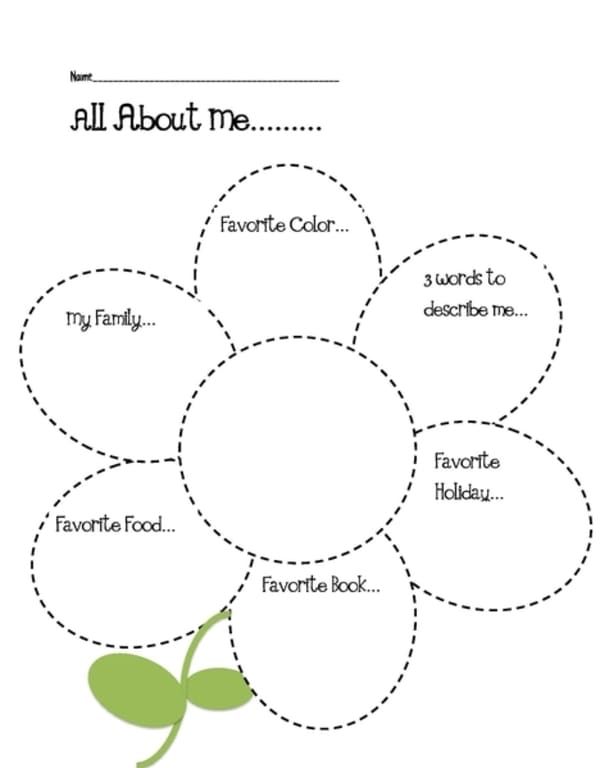 Woo! Have fun with idea from Scholar’s Choice.
Woo! Have fun with idea from Scholar’s Choice.
Kindergarten Ice Breaker Games #14: Who Stole the Cookies from the Cookie Jar?
Another favorite game for practicing names! “The group starts singing “Who stole the cookies from the cookie jar?” The leader states (child’s name) and hands the cookie jar to the person named while everyone chimes in singing “stole the cookies from the cookie jar.” The child holding the cookie jar sings, “Who me?” The others sing, “Yes, you!’ The child with the cookie jar says, “Couldn’t be!” The others then sing, “Then who?” At that time the child holding the cookie jar passes it to another child and the song begins again with that child’s name. The game continues until everyone’s name is used.” What a super fun idea from kidactivities.net
Kindergarten Ice Breaker Games #15 A Great Wind Blows
Circle up your classroom chairs and have students sit. Then you announce, “A great wind blows for everyone who ______.” The blank should be filled in with such things as has red hair, has a bow in their hair, who ate cereal for breakfast, who has a younger sibling, etc.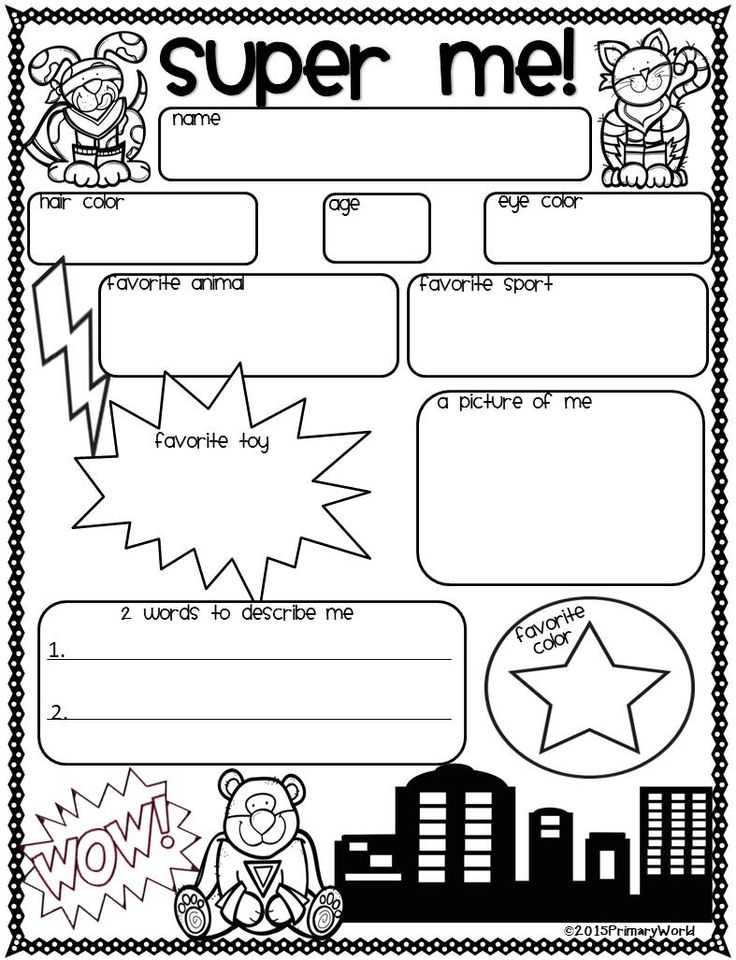 For the students who this applies to, they stand up and change seats at least two away from where they are currently sitting. You could also play this game similar to musical chairs and remove a chair each round. Idea credit: kidactivities.net
For the students who this applies to, they stand up and change seats at least two away from where they are currently sitting. You could also play this game similar to musical chairs and remove a chair each round. Idea credit: kidactivities.net
Kindergarten Ice Breaker Games #16: I Went to Market
The first student starts and says “I went to the market and bought… (a grocery item). The next student says, I went to the market and bought (what the previous student said) and ____ (a different grocery item). The game continues through the circle. This is a fun one for you to get involved with and help out! Idea Credit: Meraki Lane
Kindergarten Ice Breaker Games #17: Scavenger Hunt
I love doing a school tour through a scavenger hunt. In the past, I’ve read the book, The Gingerbread Man Loose at School and created similar riddles to work with our school building. We go on a scavenger hunt looking for clues throughout our school. This is a great way to show students where their special’s classes and other important places are on the first day of school.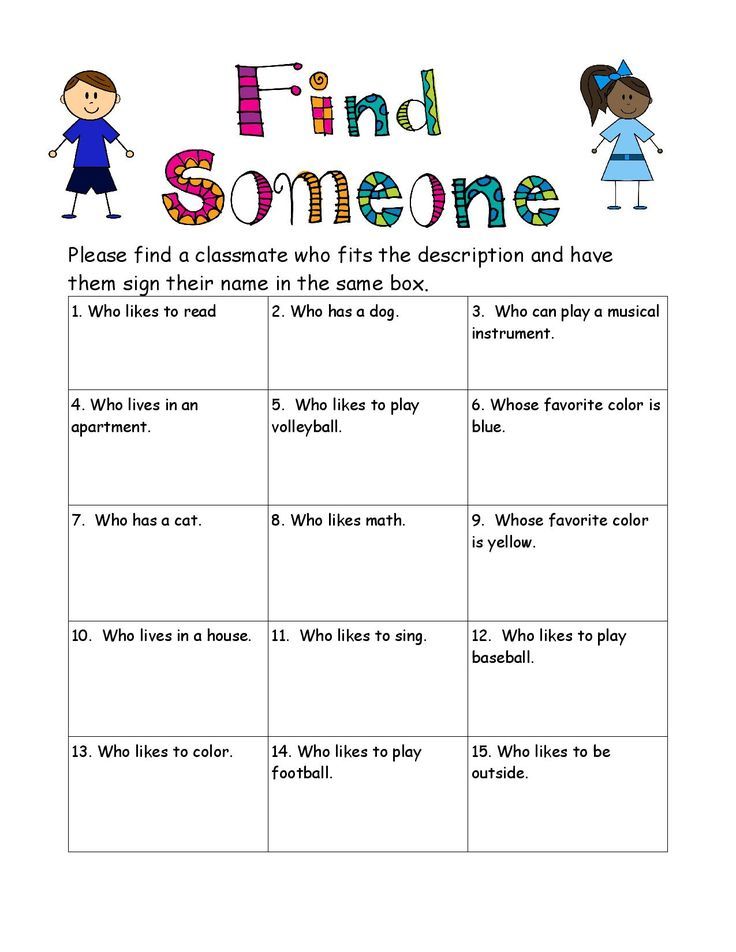
I hope your students love these fun activities! They are perfect for the first week of school. Have a wonderful year!
Methodological development "Games for getting to know preschoolers"
Purpose: to get to know children.
Tasks: creating a positive atmosphere in the group;
acquaintance of children with a new teacher;
development of initiative and independence in the game, communication;
formation of skills of interaction with peers and adults;
formation of skills to obey the rules and social norms;
development of creative abilities.
Form of conduct: games
Junior, middle group
"Let's get to know each other"
Move game: Children become in a circle. The facilitator starts the game with the words: “You are more likely hurry up. What is your name, tell me, ”while throwing the ball to one of the players. That catches the ball, says his name, then he throws the ball to another player, while the words are pronounced again: “What is your name, tell me,” etc.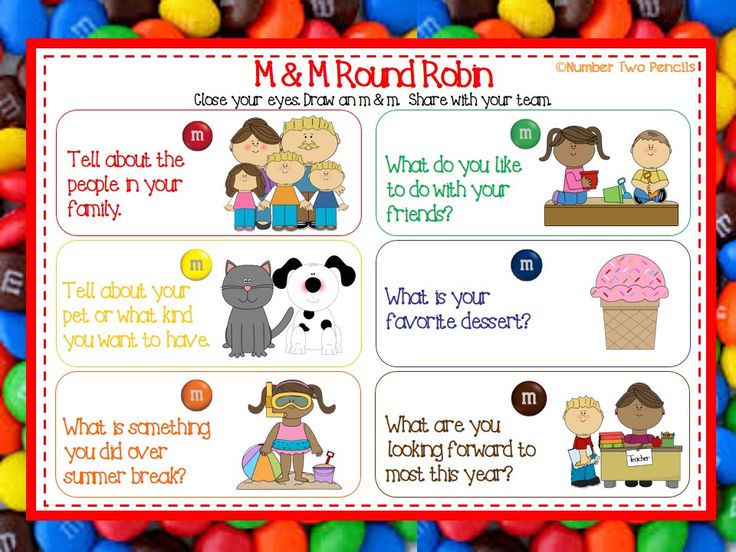
“My name.”
Game progress: - Guys, let's we move a little with you. I will call names and you should if you hear your name, jump like bunnies and pull both hands up (Children jump and stretch their hands up, then sit down in their place).
- So I found out that in our group there are many children with the same names. But, perhaps you are different from each other? (Answers of children). Let's check it out.
"Affectionate name" (for children from 4 years)
Purpose: the formation of positive self-esteem and self-acceptance, acquaintance.
Game progress: Children passing each other ball, call the affectionate form of their name.
Bell Greeting (for children from 5 years)
Purpose: greeting, the mood of the children in a friendly way.
Game progress: Children stand in a circle, An adult approaches one of them, rings the bell and says: “Hello, Vanya, my friend!”, shaking the child’s hand.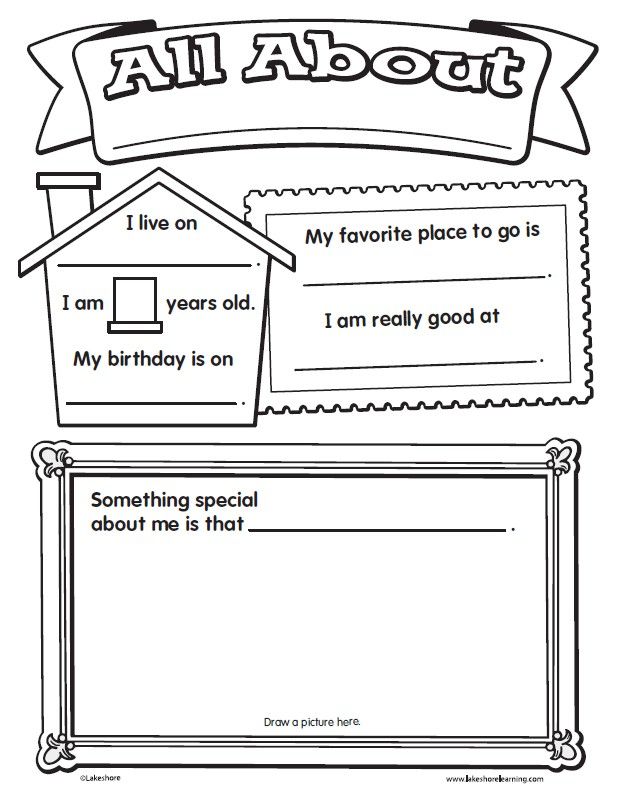
Senior, preparatory group
"Introduction phone"
Hod game: Players stand in a circle. The leader has a phone in his hands. To the first child standing in a circle is also given a handset. The host calls everyone child and conducts a dialogue. Hello. What is your name? Which one are you? What do you like most?
"Roll call - confusion" (for children from 4 years old)
Purpose: Development of voluntary attention, consolidation of acquaintance
Stroke games: The host calls the names and surnames of the children present, while confusing, then first name, then surname (the name is called correctly, the surname is not; the surname is correct, not the name). Children listen attentively and respond only when both the given name and surname are correct. Whoever makes a mistake is out of the game.
"Affectionate Name" (for children from 4 years)
Purpose: the formation of positive self-esteem and self-acceptance, acquaintance.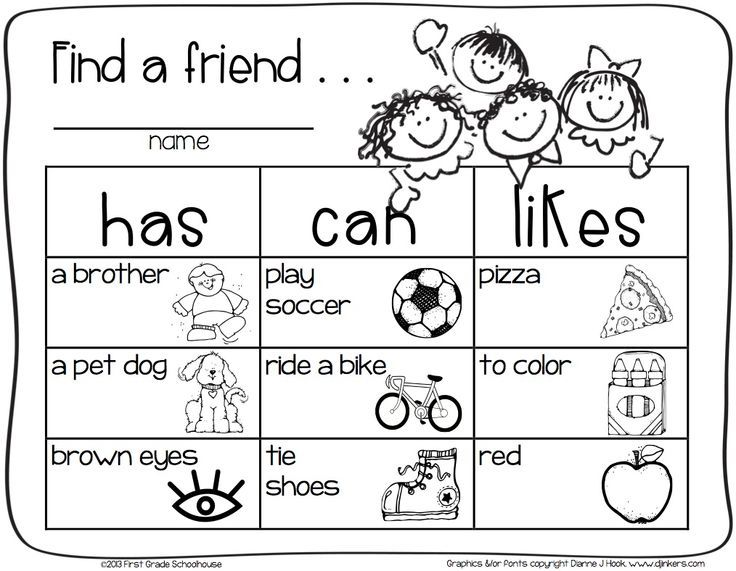
Stroke games: Children, passing the ball to each other, call the affectionate form of the name of the previous game participant.
Bell Greeting (for children from 5 years)
Purpose: greeting, the mood of the children in a friendly way.
Stroke games: Children stand in a circle, an adult approaches one of them, calls bell and says: "Hello, Vanya, my friend!". After Vanya takes bell and goes to greet another child. The bell must greet each child.
Funny games
“Let's say hello”
Purpose: development of imagination, creation of a favorable atmosphere.
Stroke Games: Presenter talks about different ways of greeting, pleasant and comic. Then it is proposed to say hello by touching the shoulder, back, hand, nose, cheek.
Pass a smile around
Purpose: exchange of positive feelings.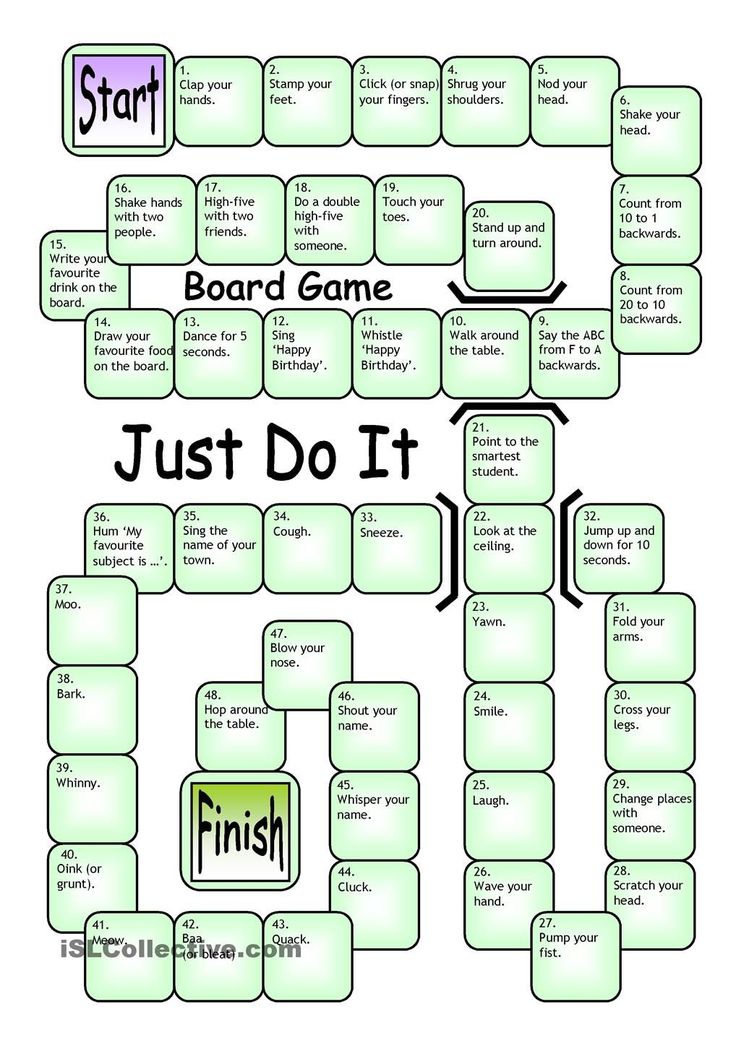
Stroke Games: Participants games are invited to stand in a circle, shake hands with a neighbor and pass on a smile.
"Compliments" (for children from 4 years)
Purpose: increasing self-esteem, creating a positive image of oneself, developing communication skills
Hod Game: Sitting in a circle, everyone joins hands. Looking into the eyes of a neighbor, you need to tell him a few kind words, something to praise. The receiver nods his head and says: "Thank you, I'm very pleased!" Then he gives a compliment to his neighbor, the exercise is carried out in a circle.
Warning: Some children cannot give a compliment, they need help. Can instead praise just say "delicious", "sweet", "flowery", "milky" word. If your child finds it difficult to give a compliment, don't wait until his neighbor will make him sad, say a compliment yourself.
Snowball
Purpose: allows children are more likely to remember names, each other, to establish contact.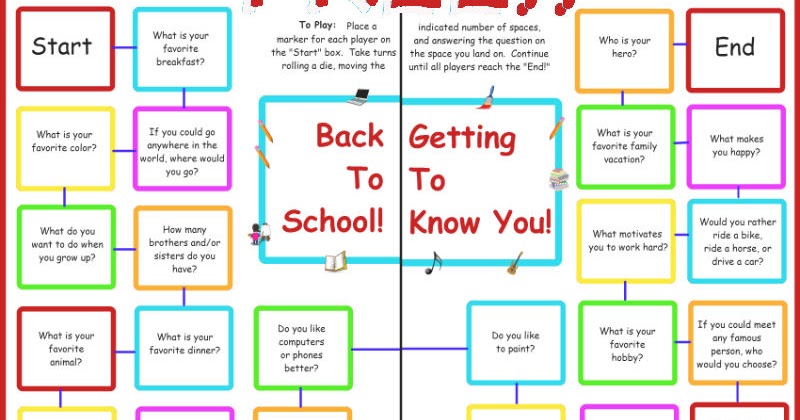
Stroke game: The first participant (for example, to the left of the leader) calls his name. The next one repeats it, and calls his own. And so in a circle. An exercise ends when the first member has named the entire group
“Roll” (for children from 5 years)
Purpose: activation of the group, the creation of group cohesion.
Stroke Games: Children stand in a line, holding hands. The child standing first begins to turn around its axis, dragging those behind it. Thus, children form a kind of "roll". Children's attention is drawn to the fact that during the exercise it is important not to disengage your hands. The task can complicate by inviting the children to “roll the roll”, or spin the roll, calling own name.
Body Touch (for children from 5 years)
Purpose: activation and rallying of the group, development of tactile attention
Hod games: Explain to the participants that you will touch someone.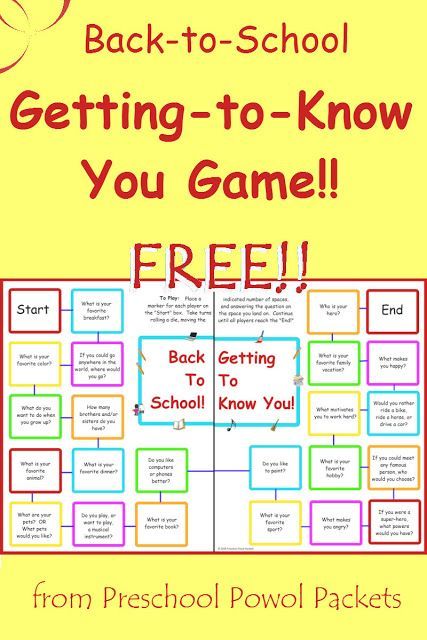 Then they must, using only the part of the body that you have touched, touch to someone else. Continue the game until all participants are involved. This exercise forces you to interact closely with each other. friend.
Then they must, using only the part of the body that you have touched, touch to someone else. Continue the game until all participants are involved. This exercise forces you to interact closely with each other. friend.
Face to Face (for children from 5 years)
Purpose: creation of a positive emotional background and activation of children, development attention.
Stroke game: Everyone finds a mate. The facilitator calls actions, for example "hand to nose", "back to back", "head to knee", etc. Participants must follow instructions in their pairs. When the host says "person to person", each I need to find myself another pair. The exercise can be used in the middle and in the end of the lesson.
Option: Children are united in pairs only after the leader's command. For example, after the command “Shoulder to shoulder”, children must find a mate and touch body parts
“Palm to palm”
Purpose: activation and rallying of the group, development of tactile attention
Hod games: Children press their palms to each other and thus move around the group, where you can set different obstacles that the couple must overcome.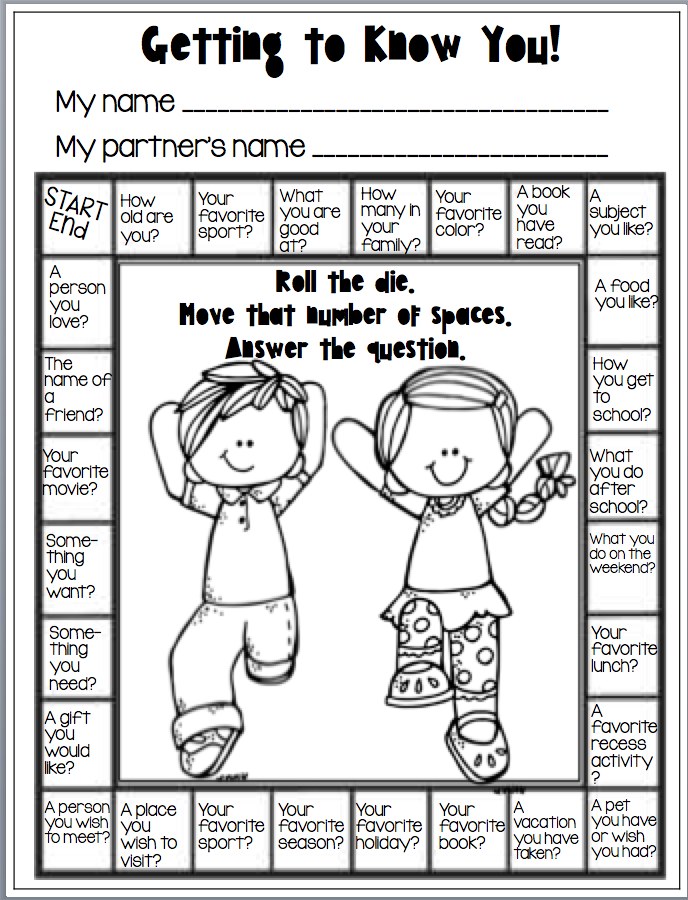 it it could be a chair or a table. At some point, children should be able to agree about further action. An adult-child pair can participate in the game.
it it could be a chair or a table. At some point, children should be able to agree about further action. An adult-child pair can participate in the game.
"Hands make friends, hands quarrel, hands make up."
Purpose: correlation a person and his tactile image, removal of bodily barriers; skill development express your feelings and understand the feelings of another through touch.
Stroke games: The exercise is performed in pairs, with eyes closed, children sit opposite each other at arm's length. An adult gives tasks (each task running 2-3 minutes):
♦ Close your eyes, stretch out your hands towards each other, communicate with one hand. Try to get to know your neighbor better. Put your hands down.
♦ Stretch your arms forward again, find the hands of a neighbor. Your hands are quarreling. Lower arms.
♦ Your hands are looking for each other again. They want to reconcile. Your hands are reconciled, they they apologize, you are friends again.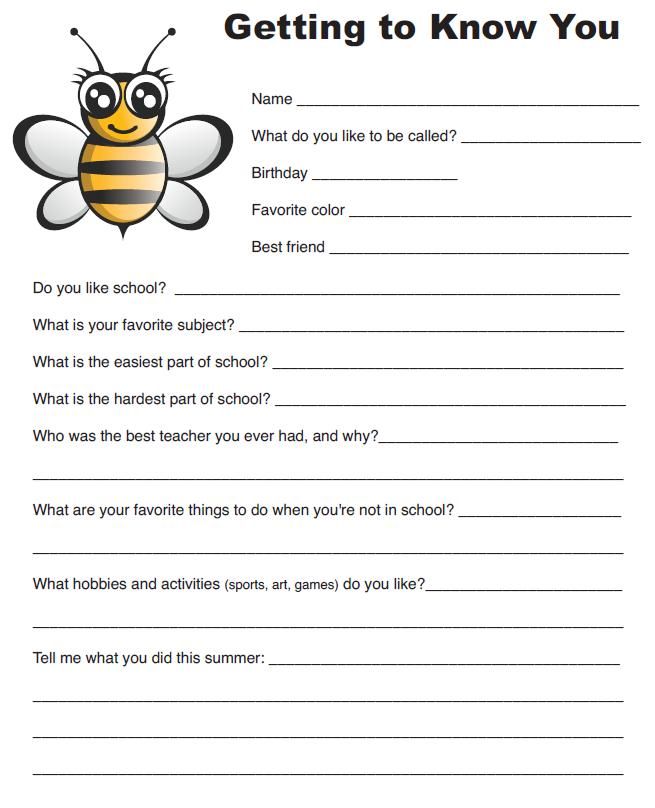
Discuss how the exercise went, what feelings arose during the exercise, what did you like it more?
“My mood”
Purpose: development the ability to describe one's mood, to recognize the mood of others, stimulation of empathy.
Stroke games: Children are invited to tell the others about their mood: it can be draw, can be compared with any color, animal, physical state, show it in motion. It all depends on the imagination and desire of the child.
Humpty Dumpty
Humpty Dumpty
Sitting on the wall.
Humpty Dumpty
Fell off in his sleep.
The child turns the body from right to left, arms dangle freely like a rag doll. To the words "fell in a dream" sharply tilt the body down.
"King Borovik is not in a good mood"
The host reads a poem, and the child acts according to the text.
King Borovik was walking
Straight through the forest.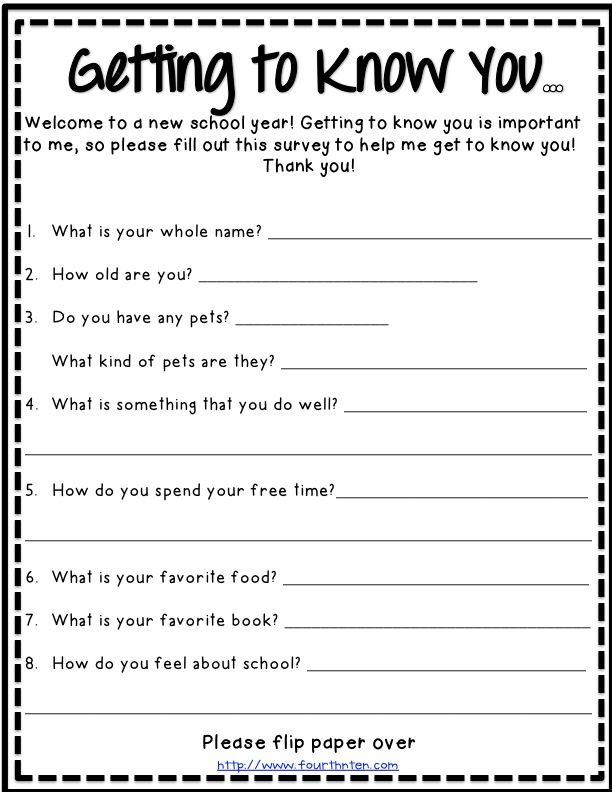
He shook his fist
And tapped his heel.
King Borovik was out of sorts;
The king was bitten by flies.
Zip Mouth
lips so that they are not visible at all. Close your mouth with a padlock pursing his lips tightly. Then relax them:
I have a secret, I won't tell you, No! (Children say words and purse their lips).
Oh, how hard it is to resist, nothing telling. (The teacher says the words)
Relax your lips, but the secret is for yourself leave.
Baby Games
" Come to me"
Games: Adult moves away from the child a few steps and beckons him to him, affectionately saying: "Come to me, my good!" When the child approaches, the teacher hugs him: “Oh, what a good Kolya came to me!”
Treasure Hunt
Move games: educator shows the children a treasure chest (pebbles, buttons, beads) and asks find a toy in them.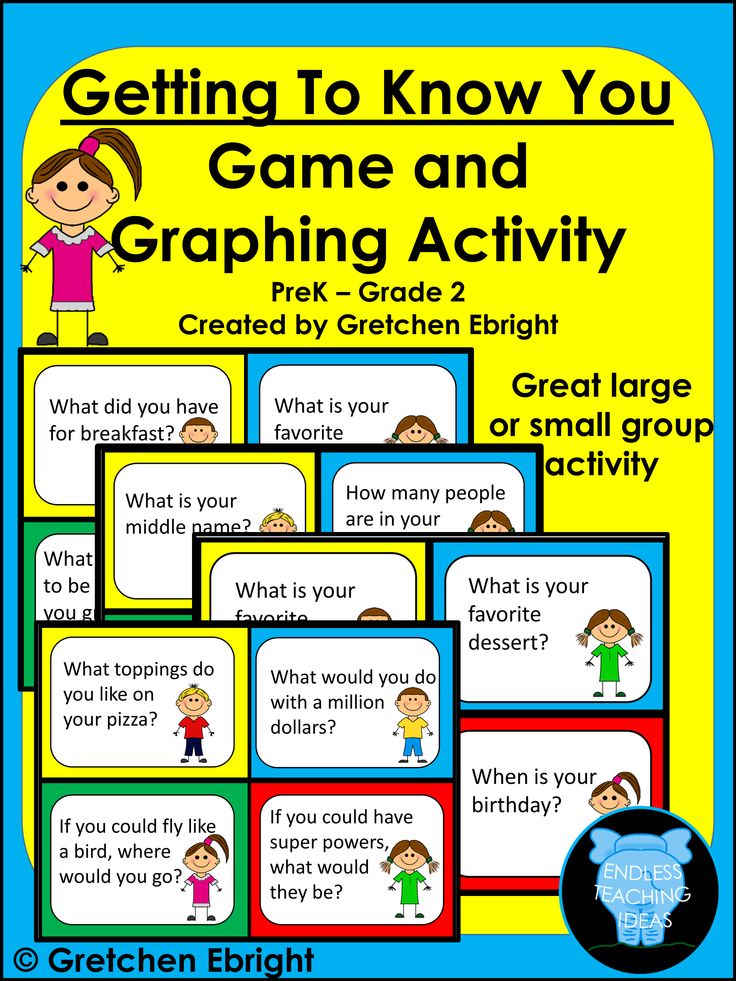
Sunbeams
Travel games: educator lets out sunbeams with a mirror and says at the same time:
Solar bunnies. They play on the wall.
Pomani their finger. Let them run to you!
By signal "Catch the bunny!" the kids are trying to catch him. The game can be repeated 2-3 times.
" Parsley has come" games: educator brings Petrushka, examines it with the children. Parsley rattles with a rattle, then distributes rattles to children. They shake with Parsley rattles, rejoice. Hide the bear games: educator hides a large toy familiar to the child (for example, a bear) so that it little was visible. Saying: “Where is the bear?”, He is looking for him along with the child. When the baby will find the toy, the adult hides it so that it is more difficult to look for. 9
games: educator holds a dog in his hands and says:
Woof-woof! Who's there?
This doggie visit us.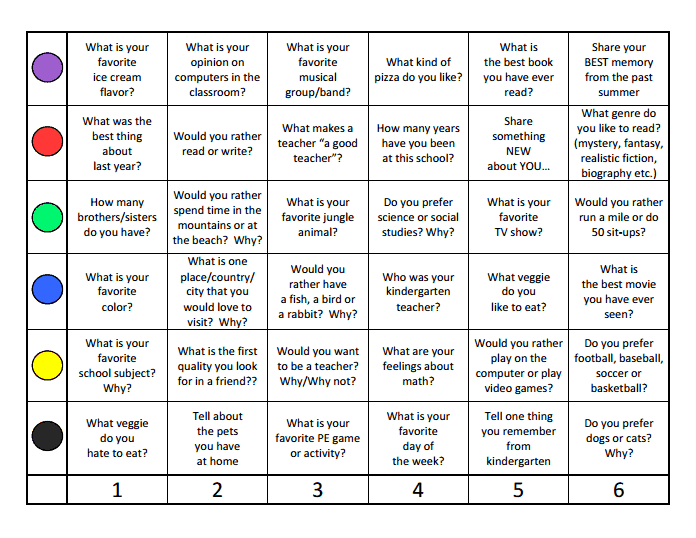
I I put the dog on the floor.
Give me doggy, Pete's paw!
then comes up with a dog to a child whose name is given, offers to take it for paw, feed. They bring a bowl of imaginary food, the dog "eats soup", "barks", says "thank you" to the child.
Pity the Bunny
Purpose: creation of a positive emotional background and activation of children, development attention.
Stroke Games: Reading poems for children: “The hostess threw the bunny ...”
Appearance game character Bunny, who cries and tells how bad he is, because that his owner abandoned him. Discussion with children on how to help Bunny, how to regret. Then the children take turns feeling sorry for the Bunny.
school and preschool compilation
The task of any teacher who has to create a new team is to quickly unite the children. Once in an unfamiliar place, whether it is a new class or a health camp, the child needs support from adults.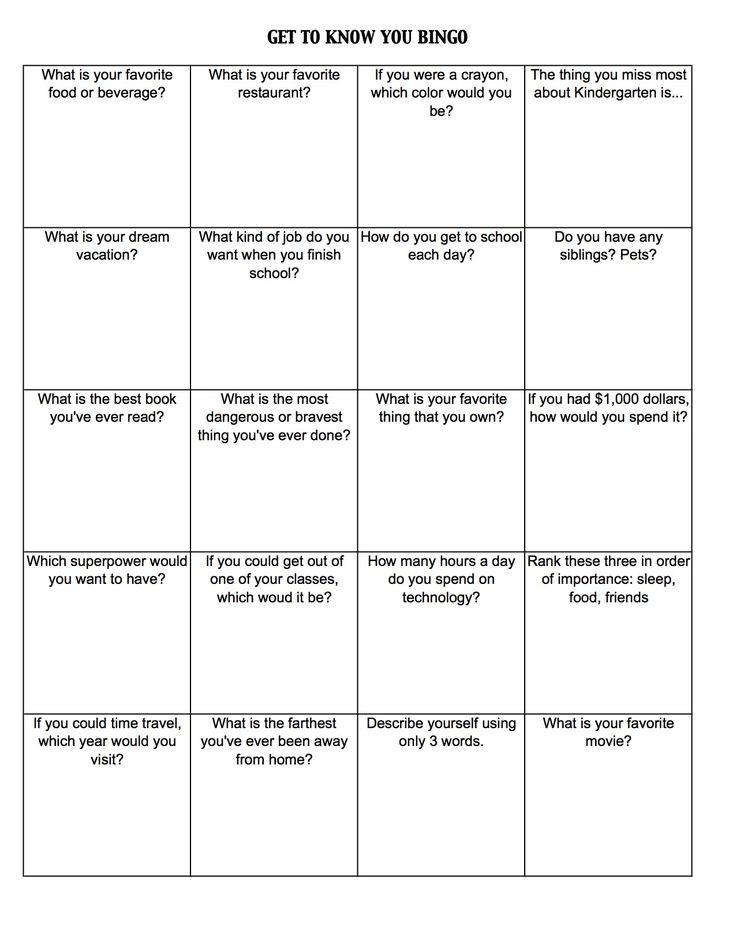 With the help of an acquaintance game, an adult will be able to establish contact between children, help timid children quickly adapt to a new environment. Parents will also need knowledge about these types of games when they organize children's holidays, general walks in recreation areas.
With the help of an acquaintance game, an adult will be able to establish contact between children, help timid children quickly adapt to a new environment. Parents will also need knowledge about these types of games when they organize children's holidays, general walks in recreation areas.
All you need to know about getting to know games
Teachers attach great importance to this type of play activity, as it is designed to create a calm, friendly environment within the children's team, whose members are unfamiliar with each other. It is necessary to resort to such games when children have to spend a long period of time together. Acquaintance games can help if the child:
- transferred to another class;
- first came to the kindergarten group at the senior preschool age;
- came to the health camp;
- signed up for classes in the children's sports section, circle.
The main tasks that the game of acquaintance solves, for children - help to find contact with each other, remember names, appearance of each other, for adults - to identify both leaders and bad contacts.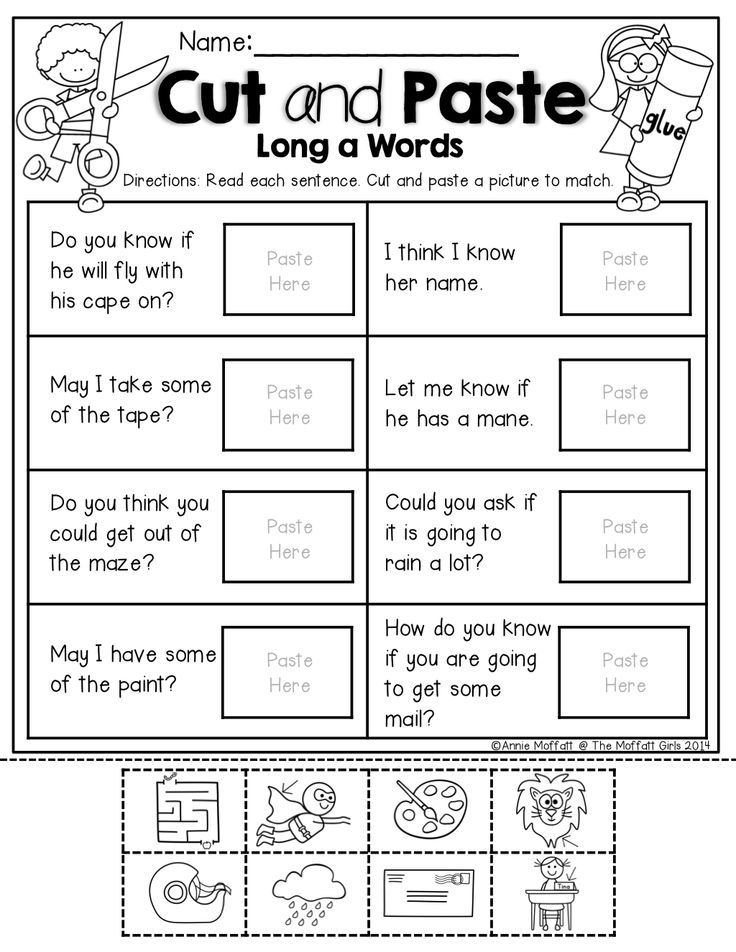 In addition to the immediate task - to get to know each other - they contribute to:
In addition to the immediate task - to get to know each other - they contribute to:
- cohesion of children;
- reduction of stress, internal tension, which invariably accompany a person in a new team;
- creating a favorable atmosphere for communication, rapprochement.
Various types of games
Acquaintance games are conditionally divided into two groups:
- involved in the initial acquaintance; used on the first day of the formation of the team. The simple tasks included in them, leading questions help the child learn the names of his comrades.
- used in reacquaintance; help children to learn favorite activities, habits of each other. Thanks to them, the child distinguishes people who are close in spirit from the team and have the same hobbies as him. Usually they are held on the third or fourth day after the reunion of the team, when the children have settled into the new environment.
How to introduce preschoolers through play
In the eyes of kindergarten children, an adult has unshakable authority.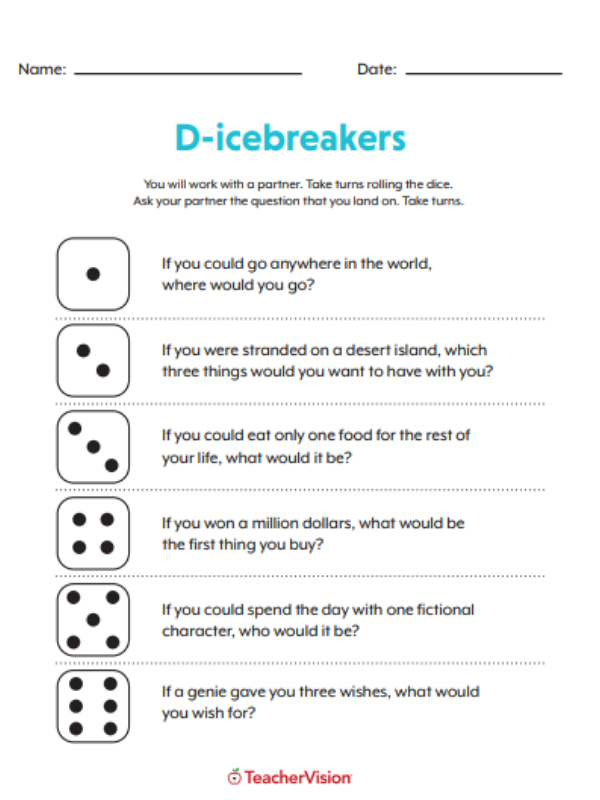 The teacher himself becomes the main culprit of the cohesion or, conversely, the disunity of the team. A good teacher has real pedagogical ingenuity, knows how to be not only strict and demanding, but moderately cheerful and witty. Games for older pupils who are not distinguished by great perseverance should be short and rhythmic. Preschool children perceive new information based on visual material. Kindergarten students love it when fairy-tale characters appear in the classroom. Little mischievous people follow with interest and repeat the movements to the music for the teacher.
The teacher himself becomes the main culprit of the cohesion or, conversely, the disunity of the team. A good teacher has real pedagogical ingenuity, knows how to be not only strict and demanding, but moderately cheerful and witty. Games for older pupils who are not distinguished by great perseverance should be short and rhythmic. Preschool children perceive new information based on visual material. Kindergarten students love it when fairy-tale characters appear in the classroom. Little mischievous people follow with interest and repeat the movements to the music for the teacher.
The educator needs to get bright demonstration pictures, funny logarithmic warm-ups and bibabo dolls. If there is a good handout, the game will be received by the child with a bang. The proposed games can also be held by parents who independently organize a children's holiday.
Snowball
The game has already become a classic, children of all ages get to know each other easily and naturally.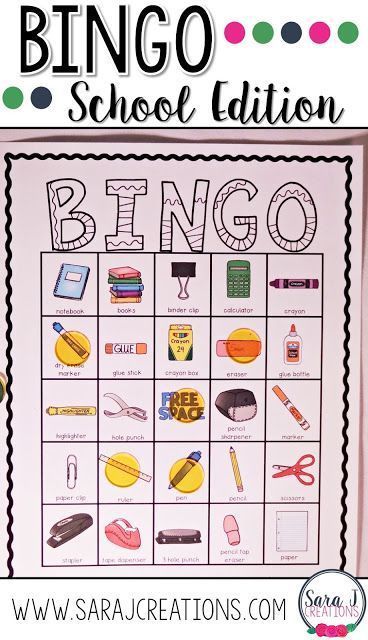 The rules of the "Snowball" are simple: the guys stand in a large circle. The host says his name out loud. The next child repeats it, then calls his own. The participant standing behind him calls three names: a teacher, a neighbor, his own name. The player at the end of the circle has a difficult task: he must list the names of all the participants in the Snowball.
The rules of the "Snowball" are simple: the guys stand in a large circle. The host says his name out loud. The next child repeats it, then calls his own. The participant standing behind him calls three names: a teacher, a neighbor, his own name. The player at the end of the circle has a difficult task: he must list the names of all the participants in the Snowball.
Delicious Treats
You will need a set of colored cards with pictures of foods your children love. Everyone loudly calls the name, shows a picture with a favorite treat. Children in chorus pronounce the name of the latter. For example: Sasha - strawberries, Anya - ice cream.
Acquaintance line
Children form a circle. The leader (let it be an adult at first) whispers any name into the ear of a child standing next to him. This name is spoken in a low voice to each other by all participants in the game. After that, the teacher shouts loudly: “One, two, three, run into the circle!”. The child, whose name was pronounced by all the children, runs into a circle to cheerful music.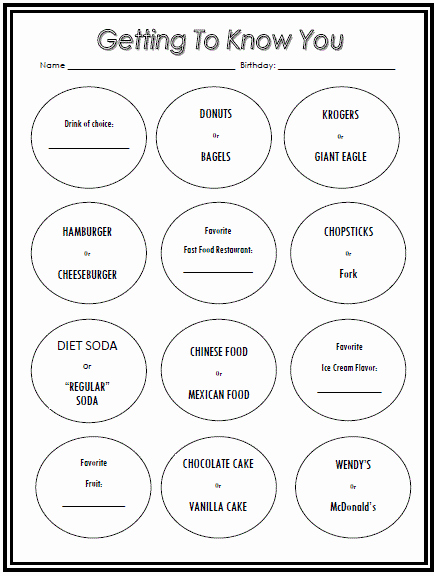 The other members try to catch him. Having run into the circle, the child tells about himself (what he loves, what he does, where he lives, whether there are pets, etc.), after which he gives a task to the players who could not catch him (clap his hands, sit down, jump, dance).
The other members try to catch him. Having run into the circle, the child tells about himself (what he loves, what he does, where he lives, whether there are pets, etc.), after which he gives a task to the players who could not catch him (clap his hands, sit down, jump, dance).
Primary school dating games
School time is the most responsible time for children. However, the little first-grader, despite the high-profile status of a schoolboy, remains the same restless mischief-maker. He still enjoys playing group games and is happy to complete exciting tasks.
Unlike preschoolers, primary school children have a good imagination. They do not require visual handouts. At this age, children love to play games where creative thinking is most involved.
Whose heart is this?
Such an unusual game is perfect for a newly created team. The player is given a small red card in the shape of a heart, on which he writes his name. An adult acting as a leader walks in a circle, collects cards in a box.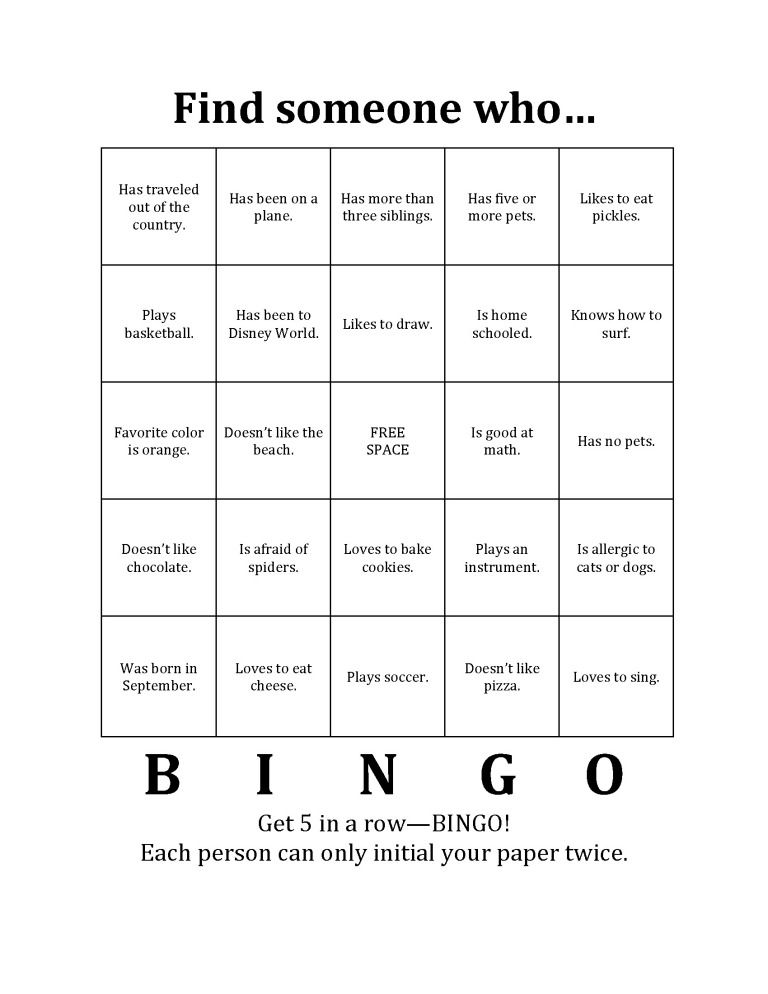
The participant, giving the card, loudly calls the name. After that, the leader goes around the guys in a circle for the second time. The student he approached takes the heart out of the box, reads the name and tries to remember who it belongs to.
Mathematical acquaintance
Introduction games serve not only as a means of communication for children. Thanks to them, students can repeat the material covered in the lesson. In this game, players sit on chairs in a circle. The host gives the task to count. The participant in the game who has a number that is divisible by three says instead of a number what his name is. The game develops not only communication skills, but is also an excellent tool for developing attention and memory.
Crib
Before the start, each participant receives a card from the host, on which his name is written. The players are divided into two teams. The members of the team that entered the game first call their first and last names in turn and tell some interesting facts about themselves.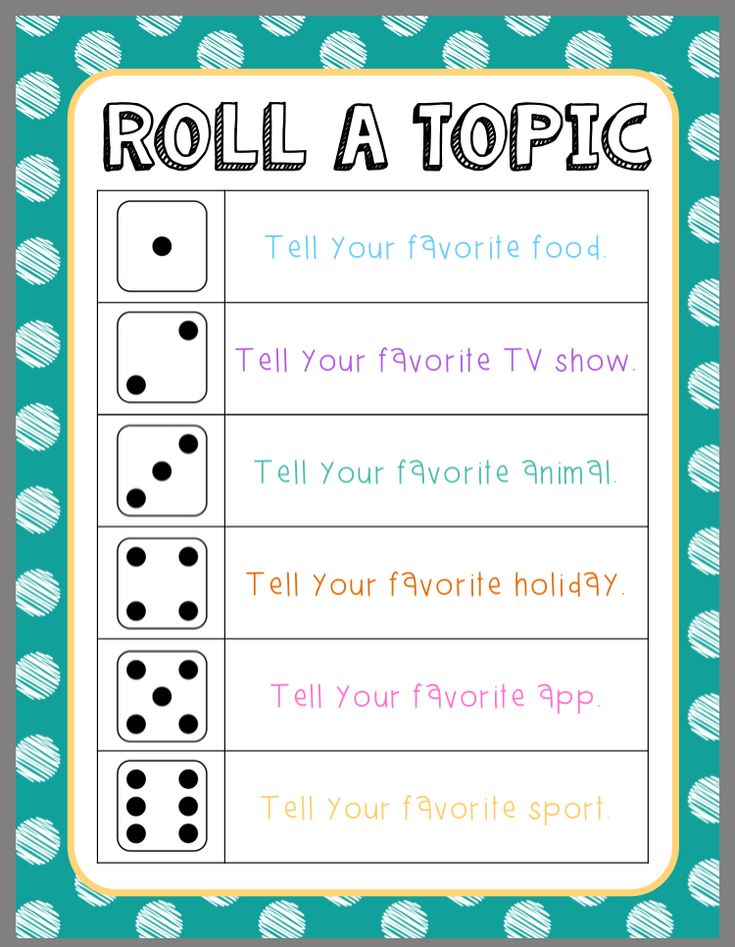 Then the cards of the players of the first team are transferred to the second group. Members of the other team must correctly identify the owner of the card and remember his last name. The team that does the best job is the winner.
Then the cards of the players of the first team are transferred to the second group. Members of the other team must correctly identify the owner of the card and remember his last name. The team that does the best job is the winner.
Interview
Participants of the game are given small sheets of paper to write down their name, hobbies, presence of animals, favorite foods, etc. At the signal of the facilitator, the players begin to question each other. In five minutes, the guys find out the name, surname and hobbies of each of their classmates. The one who collects the most information wins.
Unusual acquaintance games
Every teacher wants the child to remember the first day spent at school for the rest of his life. A good original game will be the best lifesaver.
“Initial introduction”
All participants form a large circle. Each of the team members must come up with an unusual pseudonym. After that, the students take turns stepping forward and introducing themselves to everyone else.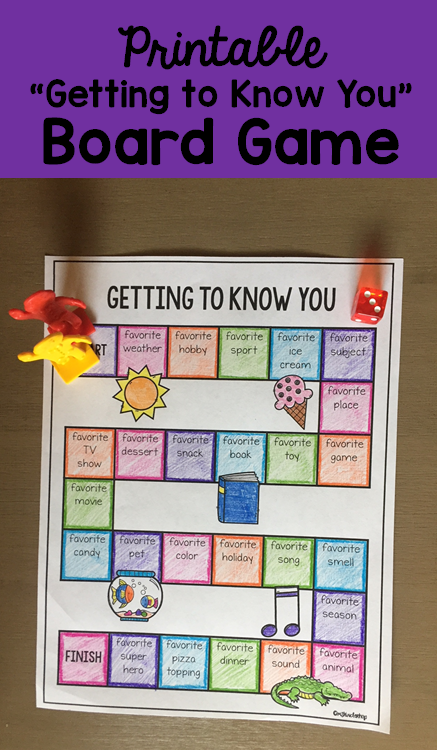 For example: "I am Spider-Man." At the same time, the participant comes up with some kind of gesture and demonstrates it to the others. This gesture can be clapping your hands or stamping your feet. A member of the team, acting under the second number, repeats the name of the previous player, the movement shown by him. Then he says his name, shows a new gesture. The third participant repeats the names and gestures of the two previous players, invents his own. And so on in a circle until the very end. If someone from the chain of players suddenly makes a mistake, he must repeat the name and movement of the student who spoke in front of him. Then the game starts going around again. Having played the first round, the leader needs to name and encourage the participant who memorized the longest number of names and movements.
For example: "I am Spider-Man." At the same time, the participant comes up with some kind of gesture and demonstrates it to the others. This gesture can be clapping your hands or stamping your feet. A member of the team, acting under the second number, repeats the name of the previous player, the movement shown by him. Then he says his name, shows a new gesture. The third participant repeats the names and gestures of the two previous players, invents his own. And so on in a circle until the very end. If someone from the chain of players suddenly makes a mistake, he must repeat the name and movement of the student who spoke in front of him. Then the game starts going around again. Having played the first round, the leader needs to name and encourage the participant who memorized the longest number of names and movements.
"Jumping, jumping sparrow ..."
This is a folk game . Children stand in a circle, the leader is in the center. The facilitator reads a rhyming line in which he adds the names of the children.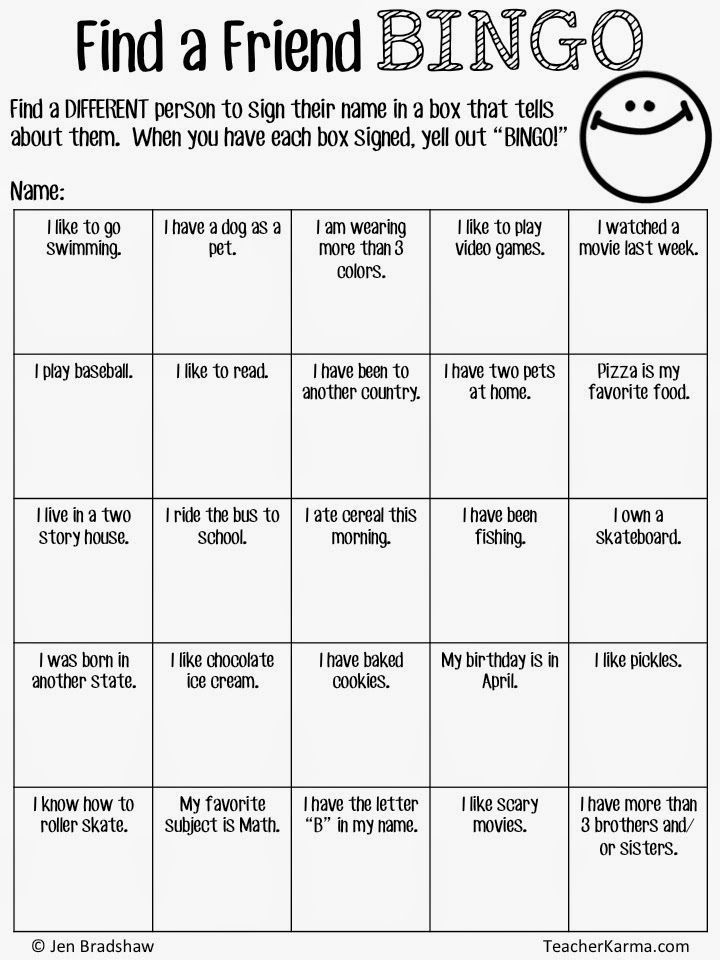 Players with the named name should run out to the leader. For a change, you can invite children to complete simple tasks together: dance, sit down, jump, so that it turns out synchronously.
Players with the named name should run out to the leader. For a change, you can invite children to complete simple tasks together: dance, sit down, jump, so that it turns out synchronously.
A sparrow is galloping,
Little children are calling: (Sasha, Olya, Kirill).
How to involve children in the game?
Unfortunately, not all children can communicate equally easily. Some guys are very difficult to just involve in a common, albeit fun, business. How can you help your child find a common language with their peers? Both teachers and parents should pay attention to this fact so that in the future a large complex does not form in a small person.
- Pay special attention to the isolated student. In this case, individual games that promote psychological relaxation are well suited. One of them is “I can”, in which the participant, sitting on a chair, takes turns naming actions that he can do. For example: "I can jump on one leg!", "I can smile.


